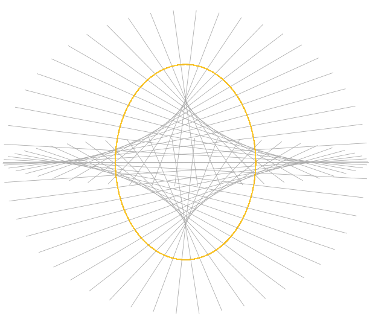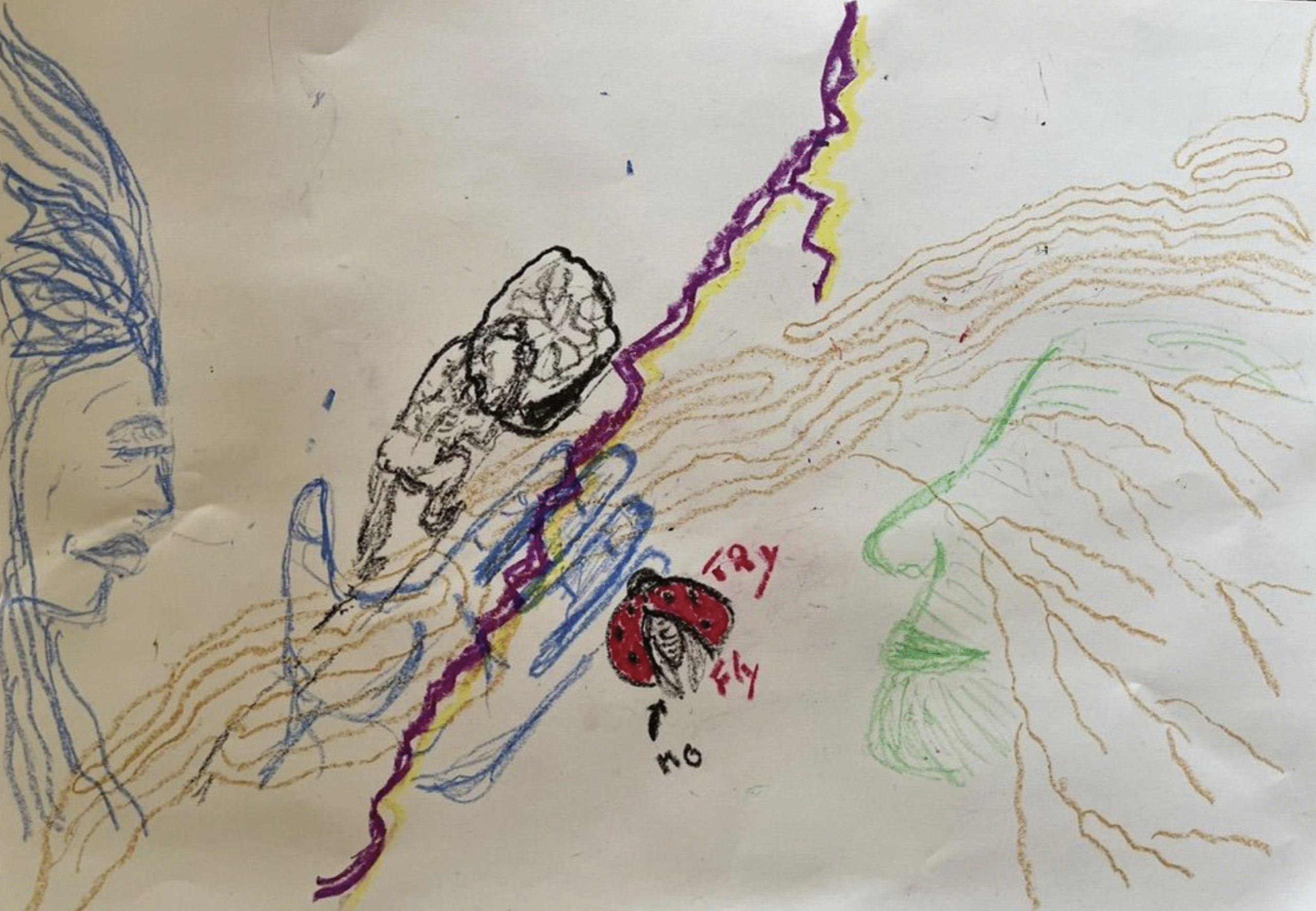Francisca Niklitschek
Contributing Authors
Dmitrij Achelrod PhD
Francisca Niklitschek
If you’ve been following our Nervous System Regulation Series, you already know how deeply our physiology shapes the way we experience life. Our nervous system constantly scans for safety, balance, and connection. When it’s regulated, we feel grounded and present. When it’s not, even small moments can feel overwhelming.
Meditation offers one accessible way to restore this balance. It invites us to slow down, to listen inwardly, and to give the body a chance to recover from the speed of modern life. Through just a few minutes of daily stillness, we can remind the body what calm feels like.
How Meditation Regulates the Nervous System
From a physiological perspective, meditation has a measurable impact on how our nervous system functions. When we sit in stillness and allow the breath to settle, the parasympathetic nervous system, the body’s rest-and-digest mode, becomes active [1]. This gentle shift signals to the body that it’s safe to relax, digest, and restore. If you are interested in learning more about the nervous system and how it works, you can check out the first blog of this series.
At the same time, research shows that meditation reduces activity in the amygdala, the part of the brain responsible for fear and stress responses [1], [2], [3], [4], while strengthening regulation from the prefrontal cortex, which supports decision-making and emotional balance [5] [6]. Over time, regular practice enhances vagal tone, a key indicator of nervous system flexibility and resilience [7], [8], [9].
In simple terms: when we meditate, we’re training our biology to return from stress mode to safety mode. This process doesn’t happen only in the mind, it’s a whole body recalibration that brings our system back into coherence. With consistency, the nervous system learns to recognize stillness as home again.

Quieting the Default Mode Network: A Shared Pathway Between Meditation and Psychedelics
You might remember from our previous blogs that the Default Mode Network (DMN) is a network associated with self-referential thinking, the constant inner chatter, planning, and self-evaluation that shape our sense of “me.” When this network is overactive, as it often is in depression and anxiety disorders, the mind can become trapped in cycles of rumination and worry [10], [11], [12].
Interestingly, both psychedelics and meditation influence this same network. Research shows that meditation diminishes activity in the DMN, leading to a quieter and more spacious state of awareness [13], [14]. This mirrors the way psychedelic experiences can temporarily dissolve rigid patterns of self-related thought, allowing for a sense of deeper connection and openness [15], [16], [17].
When DMN activity softens, the nervous system can shift from vigilance to rest. The body feels safer, and the boundaries between “self” and “environment” become more fluid. In this state, many people describe a sense of ease, a resting in presence rather than in mental narration.
Both meditation and psychedelics seem to guide us toward the same biological and psychological integration: a quieter mind, a more regulated body, and a deeper connection to life itself. Through meditation, we can access this shift naturally and sustainably, learning, over time, to return to this grounded openness without needing an external catalyst.
Beyond the Mind: Meditation as a Somatic Practice
Meditation is often imagined as a mental exercise, something that happens in the head. Yet, some of the most profound moments of meditation unfold in the body. When we shift our attention from thoughts to sensations, from doing to feeling, we begin to experience meditation as a somatic practice.
Through gentle awareness of the breath, the rhythm of the heartbeat, or the contact of the body with the ground, we reconnect with our inner landscape. This practice of interoception – the awareness of internal bodily states – strengthens our ability to sense and respond to what’s happening within us [6]. When interoception becomes clearer, the nervous system naturally finds more balance [18].
Each time you notice your heartbeat slowing down or your breath softening, you’re witnessing your nervous system recalibrate in real time. These subtle shifts are biological signs that the body is returning to safety. Meditation, in this sense, becomes a dialogue between body and mind, one where listening matters more than controlling.
Forms of Meditation for Everyday Regulation
There’s no single right way to meditate. What matters most is finding practices that help your system feel safe and present. Below are a few simple forms of meditation for nervous system regulation that you can explore in daily life.
Body Scan Meditation
A body scan invites awareness to move slowly through different parts of the body, from the crown of the head to the tips of the toes. This gradual attention cultivates safety, grounding, and embodiment [19]. It’s a powerful way to anchor awareness in the present moment, especially when the mind feels scattered.
Loving-Kindness Meditation
It originates from Buddhism and describes a mindset of selfless, unconditional kindness and compassion toward all living beings [20]. Loving-kindness meditation awakens a sense of warmth and connection, both toward oneself and others. Studies have shown that this practice reduces stress and increases positive emotions by activating regions of the brain linked to empathy and social bonding [20]. When the heart softens, the nervous system follows.
Open Awareness or Mindfulness Meditation
This practice invites us to rest in open observation, noticing sensations, thoughts, and emotions as they arise, without needing to fix or follow them. Over time, it strengthens emotional regulation and teaches the nervous system to stay anchored in presence rather than reaction [1].
Micro-Meditations
Small pauses throughout the day, a minute after closing your laptop, a few breaths before a meal, a mindful moment before entering a conversation, can be deeply regulating. These brief check-ins remind the nervous system that calm is available even amid movement.
For a more detailed list of meditation techniques and guidance on what to focus on in each, you can explore our previous blog on what to focus during meditation.
From Practice to Presence : The Deeper Shift
The real power of meditation unfolds through small, consistent gestures woven into daily life. A few mindful minutes can shape the rhythm of an entire day. It might be one mindful minute before checking your phone in the morning, or a deep breath to notice sensations before a difficult conversation. These small rituals act as gentle reminders, anchors that bring the nervous system back to safety, again and again.
Consistency matters more than perfection. Every time we pause to breathe, notice, or soften, we send a message of trust to our body: You are safe here. Over time, these moments begin to change our baseline. We start to experience calm not as a natural state of being and our responses become steadier, our presence deeper, and our connection with others more authentic.
At Evolute, we see this as part of a larger movement: inner work as the foundation for conscious living and leadership. Meditation supports the kind of awareness that allows us to act with clarity, empathy, and grounded strength, even in complex situations.
When we learn to rest within ourselves, our nervous system learns to trust life again. That trust becomes the ground from which creativity, resilience, and genuine connection can grow.
For now, you might take a few quiet minutes to sit, breathe, and notice what’s alive in you. As Jon Kabat-Zinn reminds us:
“You can’t stop the waves, but you can learn to surf.”

Bibliography
[1] Y.-Y. Tang, B. K. Hölzel, and M. I. Posner, ‘The neuroscience of mindfulness meditation’, Nat. Rev. Neurosci., vol. 16, no. 4, pp. 213–225, Apr. 2015, doi: 10.1038/nrn3916.
[2] C. Maher et al., ‘Intracranial substrates of meditation-induced neuromodulation in amygdala and hippocampus’, May 10, 2024, bioRxiv. doi: 10.1101/2024.05.10.593445.
[3] ‘Full article: Meditation-induced neuroplastic changes in amygdala activity during negative affective processing’. Accessed: Oct. 07, 2025. [Online]. Available: https://www.tandfonline.com/doi/full/10.1080/17470919.2017.1311939
[4] G. Desbordes, L. T. Negi, T. W. W. Pace, B. A. Wallace, C. L. Raison, and E. L. Schwartz, ‘Effects of mindful-attention and compassion meditation training on amygdala response to emotional stimuli in an ordinary, non-meditative state’, Front. Hum. Neurosci., vol. 6, Nov. 2012, doi: 10.3389/fnhum.2012.00292.
[5] A. A. Taren, J. D. Creswell, and P. J. Gianaros, ‘Dispositional mindfulness co-varies with smaller amygdala and caudate volumes in community adults’, PloS One, vol. 8, no. 5, p. e64574, 2013, doi: 10.1371/journal.pone.0064574.
[6] N. A. S. Farb, Z. V. Segal, and A. K. Anderson, ‘Mindfulness meditation training alters cortical representations of interoceptive attention’, Soc. Cogn. Affect. Neurosci., vol. 8, no. 1, pp. 15–26, Jan. 2013, doi: 10.1093/scan/nss066.
[7] ‘The Effects of Heart Rhythm Meditation on Vagal Tone and Well-being: A Mixed Methods Research Study | Applied Psychophysiology and Biofeedback’. Accessed: Oct. 07, 2025. [Online]. Available: https://link.springer.com/article/10.1007/s10484-024-09639-0
[8] S. Breit, A. Kupferberg, G. Rogler, and G. Hasler, ‘Vagus Nerve as Modulator of the Brain–Gut Axis in Psychiatric and Inflammatory Disorders’, Front. Psychiatry, vol. 9, p. 44, Mar. 2018, doi: 10.3389/fpsyt.2018.00044.
[9] ‘Single-lead ECG based autonomic nervous system assessment for meditation monitoring | Scientific Reports’. Accessed: Oct. 07, 2025. [Online]. Available: https://www.nature.com/articles/s41598-022-27121-x
[10] Y. I. Sheline et al., ‘The default mode network and self-referential processes in depression’, Proc. Natl. Acad. Sci., vol. 106, no. 6, pp. 1942–1947, Feb. 2009, doi: 10.1073/pnas.0812686106.
[11] C. G. Davey, J. Pujol, and B. J. Harrison, ‘Mapping the self in the brain’s default mode network’, NeuroImage, vol. 132, pp. 390–397, May 2016, doi: 10.1016/j.neuroimage.2016.02.022.
[12] R. L. Carhart-Harris and K. J. Friston, ‘The default-mode, ego-functions and free-energy: a neurobiological account of Freudian ideas’, Brain, vol. 133, no. 4, pp. 1265–1283, Apr. 2010, doi: 10.1093/brain/awq010.
[13] J. A. Brewer, P. D. Worhunsky, J. R. Gray, Y.-Y. Tang, J. Weber, and H. Kober, ‘Meditation experience is associated with differences in default mode network activity and connectivity’, Proc. Natl. Acad. Sci., vol. 108, no. 50, pp. 20254–20259, Dec. 2011, doi: 10.1073/pnas.1112029108.
[14] K. A. Garrison, T. A. Zeffiro, D. Scheinost, R. T. Constable, and J. A. Brewer, ‘Meditation leads to reduced default mode network activity beyond an active task’, Cogn. Affect. Behav. Neurosci., vol. 15, no. 3, pp. 712–720, Sept. 2015, doi: 10.3758/s13415-015-0358-3.
[15] R. L. Carhart-Harris et al., ‘Neural correlates of the psychedelic state as determined by fMRI studies with psilocybin’, Proc. Natl. Acad. Sci., vol. 109, no. 6, pp. 2138–2143, Feb. 2012, doi: 10.1073/pnas.1119598109.
[16] E. Tagliazucchi, R. Carhart-Harris, R. Leech, D. Nutt, and D. R. Chialvo, ‘Enhanced repertoire of brain dynamical states during the psychedelic experience’, Hum. Brain Mapp., vol. 35, no. 11, pp. 5442–5456, Nov. 2014, doi: 10.1002/hbm.22562.
[17] J. S. Siegel et al., ‘Psilocybin desynchronizes brain networks’, medRxiv, p. 2023.08.22.23294131, Aug. 2023, doi: 10.1101/2023.08.22.23294131.
[18] J. Singer and A. Damasio, ‘The physiology of interoception and its adaptive role in consciousness’, Philos. Trans. R. Soc. B Biol. Sci., vol. 380, no. 1939, p. 20240305, doi: 10.1098/rstb.2024.0305.
[19] J. Kabat-Zinn and T. N. Hanh, Full Catastrophe Living: Using the Wisdom of Your Body and Mind to Face Stress, Pain, and Illness. Random House Publishing Group, 2009.
[20] S. G. Hofmann, P. Grossman, and D. E. Hinton, ‘Loving-kindness and compassion meditation: Potential for psychological interventions’, Clin. Psychol. Rev., vol. 31, no. 7, pp. 1126–1132, Nov. 2011, doi: 10.1016/j.cpr.2011.07.003.

Patrick Liebl,
Lead Facilitator & Integration Expert
Curious to learn more?
We invite you to schedule a call with us. Together, we can explore any questions you may have. We can explore whether a program with a legal psychedelic experience is right for you at this time.
“We are here to support your exploration, at your pace, with no expectations.” – Patrick Liebl



